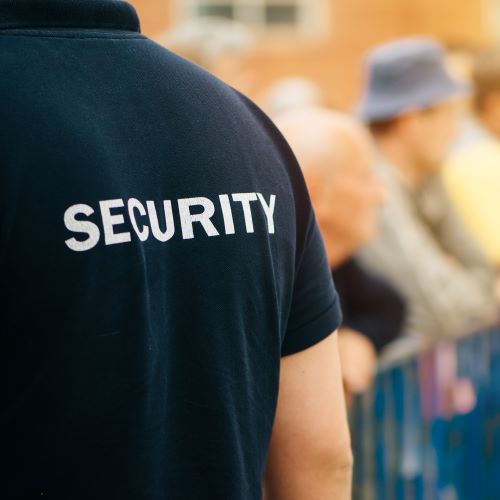Information on Cookies
To make the best use of our website, you'll need to make sure your web browser is set to accept cookies to ensure you receive the best experience.
For further information, please read our Cookies Policy.

Log In
Nawaz was prosecuted for fraud by false representation under section 2 of the Fraud Act 2006 and sentenced to a 12-month community order and ordered to carry out 100 hours of unpaid work. He was also ordered to pay a total of £314 including £114 representing a community order surcharge and £200 in court costs.
He had earlier entered a guilty plea at his first appearance in the court on 26 January 2024 and the case had been adjourned for a pre-sentence report to be compiled.
The case was brought forward by the SIA after Nawaz submitted a fraudulent document to the SIA for his licence application. As part of the application process, he was required to provide supporting documentation including references.
On 25 March 2022 he submitted a character reference letter purporting to be from a local postmaster who knew him personally. The SIA checked the validity of the reference letter and found it to be a fraudulent document. Nawaz was contacted by the SIA, but he failed to engage with the investigation or be interviewed by SIA investigators.
Nicola Bolton, one of the SIA’s criminal investigations managers said:
The primary purpose of the SIA licensing regime is to protect the public. A person must be fit and proper in order to hold an SIA licence. This is because the people who hold SIA licences are in positions of responsibility. They are entrusted to protect people, property, and premises. A commitment to certain standards of behaviour is fundamental to what it means to be fit and proper, and to being part of a profession.
By submitting a fraudulent document to the SIA, Karvan Nawaz proved he is not fit to hold a licence to carry out the important task of public safety. Submitting a fraudulent document is a serious offence and Nawaz’s sentence is a reminder that actions that can undermine public trust and cause a threat to public safety will be exposed and met with appropriate repercussions and penalties.

